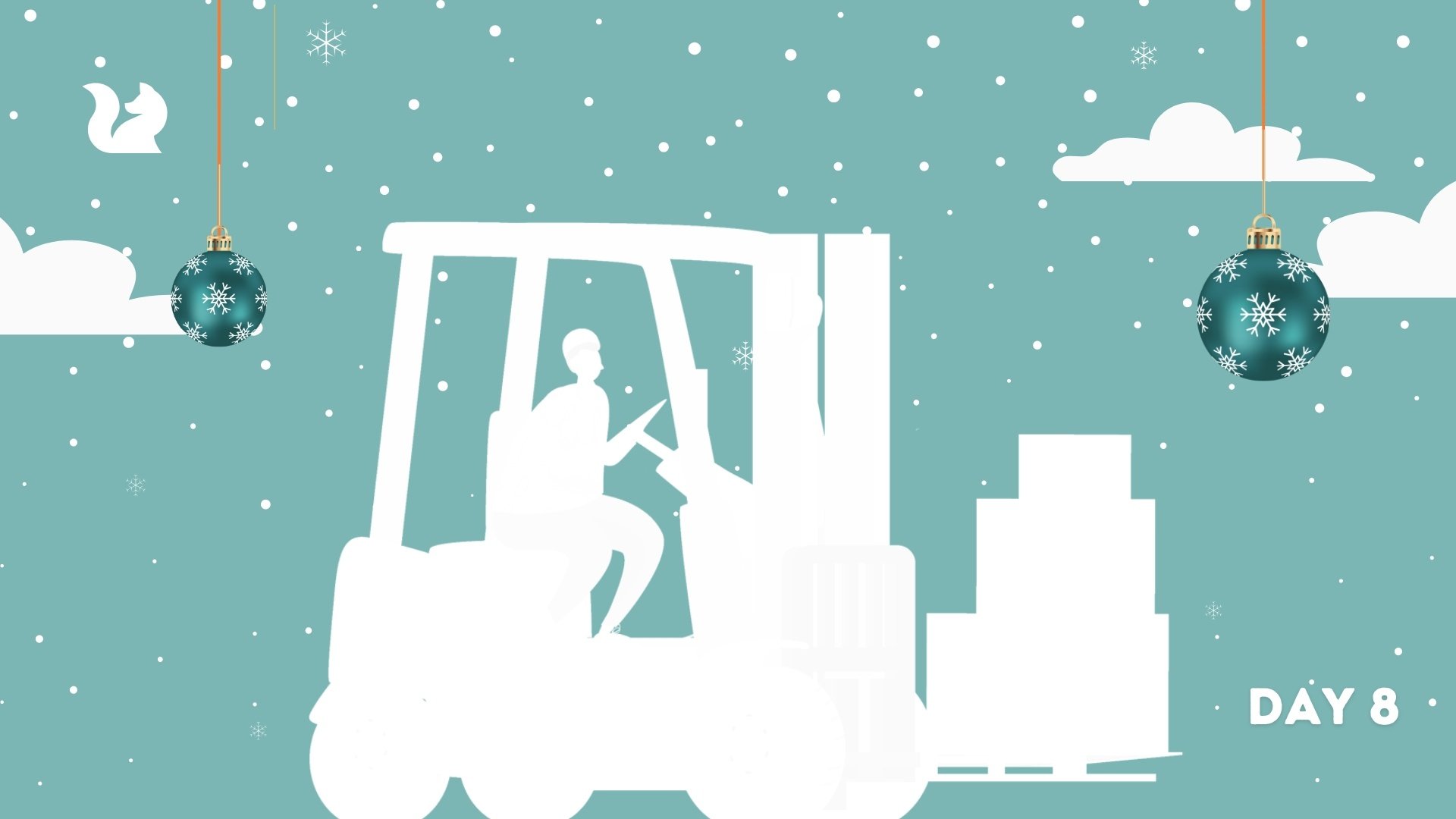What Is Cold Chain Logistics and Why Does It Matter?
Cold chain logistics is the technology and process that allows for the safe storage and movement of temperature-sensitive goods and products...
2 min read
 Emily Tvelia
:
Dec 16, 2024 11:22:45 AM
Emily Tvelia
:
Dec 16, 2024 11:22:45 AM

Order fulfillment is the process of receiving, processing, and delivering products to customers. While that might sound simple, there is much more to it than that. There are a number of phases that need to be completed before an order can be shipped to a customer. Businesses need to fulfill orders efficiently and accurately to keep customers satisfied, so it is vital to have a firm grasp on all of the phases of order fulfillment.
Receiving inventory is a crucial first step in the order fulfillment process. Receiving is the process of accepting and documenting incoming products. This typically includes inspection of goods and updating inventory records to match the incoming product. Accurate receiving ensures precise stock levels, enabling businesses to meet customer demand.
Storing inventory is the next step in order fulfillment. It is highly unlikely that products will be sold and go out the door as soon as they are received, meaning they will have to be stored for some time. Proper storage ensures efficient organization and accessibility, all while making sure the products don’t spoil or go bad (if applicable). An organized storage system also allows for warehouse space to be optimized, reducing the time and effort it takes to find products. Modern warehouses use technology to help manage expiration dates, demand, and optimal storage location for each unique product.
Once inventory is received and stored, the focus shifts to fulfilling customer requests. Efficient order processing starts with verifying the order, where the software (usually a WMS) will confirm the customer details, product selection, and payment information. This step is essential to prevent delays or incorrect deliveries down the road. Once the order is verified, stock levels are adjusted within the software.
Picking is the stage of the process where items are actually selected from their storage location to fulfill a specific order. Efficient picking is crucial for minimizing errors, lowering fulfillment times, and meeting the agreed upon ship dates. This stage tends to be guided by technology. A software will often create an optimized picking route for retrieving products. Software such as WMS are responsible for streamlining the picking phase of order fulfillment.
Packing is the next step where items are assembled, protected, and prepared to be shipped to the customer’s destination. Attention to detail is vital during this stage so that items arrive safely and in pristine condition. This means choosing the right size packaging, inserting any necessary documents, and ensuring packing aligns with brand standards.
When products are packed and secure, they can be shipped to the customers. This phase involves coordinating with carriers, picking the correct shipping method, and managing the logistics of transporting products to their final destination. These steps are crucial to ensure timely and cost-effective deliveries. Efficiency and visibility contribute to customer satisfaction and loyalty. New technology and software allow real-time tracking and route optimization to create the best shipping experience possible.
Delivery is often the final phase of order fulfillment, where the orders actually reach their final destination. Timely and reliable delivery is super important to customers. Businesses will collaborate with carriers to ensure that last-mile delivery is handled properly. Implementing careful handling procedures during this phase helps prevent damage and increase customer satisfaction. Some orders even require special handling, which is executed in the delivery phase to ensure a premium customer experience.
Returns processing is the final (and not always necessary) phase of fulfillment. A streamlined returns process addresses customer concerns, upholds brand reputation, and gathers insights to help make improvements in the future. It is a good idea to have a designated returns section in the warehouse so that all returned items are organized and processed correctly. Efficient returns processing also includes updating inventory records, refunding or replacing items, and communicating with customers through the process.
Though it might appear simple, there are numerous phases to order fulfillment that need to be carefully handled. Coordinating inventory, processing orders, and collaborating with carriers to ensure accurate shipments demands a strong supply-chain. Order fulfillment only gets more complex with each new product, SKU, client, and season.
-1.jpg)
Cold chain logistics is the technology and process that allows for the safe storage and movement of temperature-sensitive goods and products...
.png)
Product returns are unavoidable for most eCommerce stores. Buying online means taking a bigger risk with your purchase -- you can’t see the product...

When goods move internationally they cross special borders - customs borders. Customs is meant to regulate cross-border trade, promote fair...